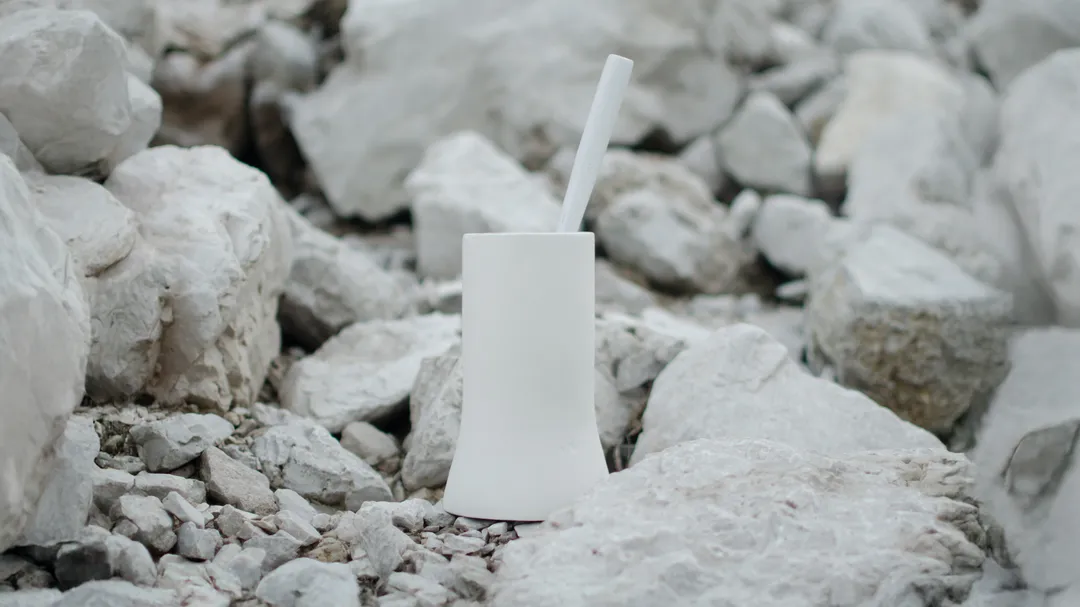Epsilon

Space Motion Sickness. Countering the physiological changes caused by the lack of gravity by hybridising different technologies to re-establish well-being.
Space Motion Sickness (SMS) is a condition that affects astronauts in 70% of cases within the first 72 hours after take-off ,and can recur at other times during the mission, such as during daily exercises and extra-vehicular activities. Nausea occurs when astronauts, once in orbit and therefore in almost zero gravity, experience the opposite phenomenon to terrestrial motion sickness: perceived body movement does not correspond to that detected by the vestibular system.
Space Design is innovation, and generates new projects through a multidisciplinary approach and the application of different methodologies including, as in this case, the in-depth study of anatomical and pathological aspects of the human being and the hybridisation of two technologies with acupuncture points, such as the TW17 point that corresponds to the pressure under the earlobe, to counter nausea.
The first technology is bone conduction, which distracts the muscles and nervous system surrounding the vestibular system by reducing tension and thus eliminating the feeling of nausea. However, the problem of disorientation caused by the lack of spatial perception due to weightlessness remains, because astronauts have no perception of what is up and what is down, except through vision.
![[object Object]](/_astro/G10_Epsilon_03.BsnnjibA_ZX4KDO.webp)
The solution could be the second technology, acoustic levitation, which through concentrated sound waves creates vacuum zones in which small objects can levitate. The hypothesis is that this phenomenon could move the otoliths of the sacculus and utriculus and other vestibular organs, simulating real gravitational acceleration.
Epsilon is a rechargeable wearable similar to an over-ear headphone with the three active components around the earlobe. A lever at the front allows the position of the speakers responsible for acoustic levitation to be adjusted, while the bone-conducting speaker is located on the upper arch, in contact with the skin. The headband is adjustable to meet different anthropometric requirements, allowing the ends to reach the TW17 point and exert slight pressure.

















